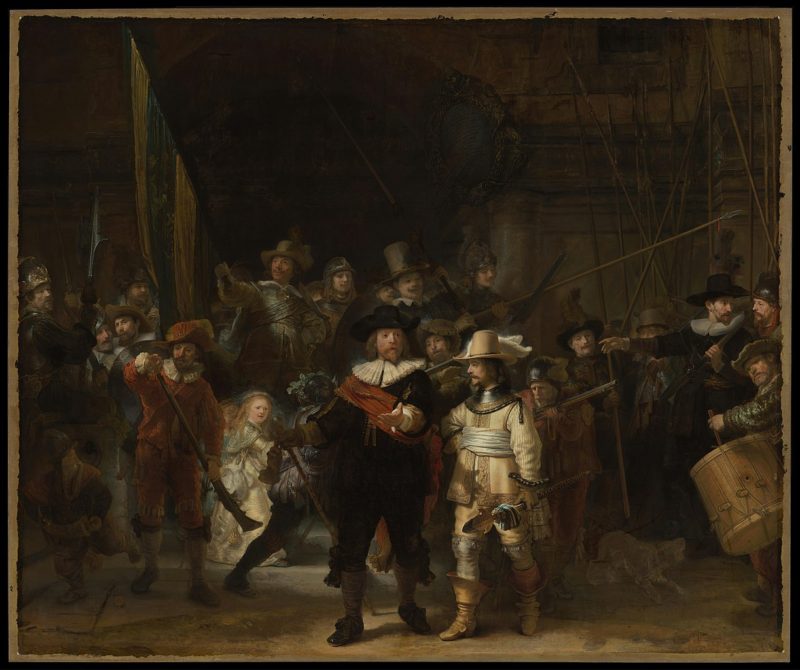Second Phase of Rembrandt’s “Night Watch” Restoration Begins

For quite a while, Rembrandt’s “Night Watch” had not been looking its best. During the four centuries since its creation, the colors have become too dark to discern the intricate details. Since this large oil painting depicting a group of lavishly dressed civic militia guards is one of the Rijksmuseum’s most impressive and valuable art objects, the Dutch museum has set on a mission to restore its glow and brightness.
Following years of research involving advanced technologies, such as digital imaging, restorers began their “Operation Night Watch” in the summer of 2019. This first phase of the restoration revealed some staggering discoveries about how the Dutch painter achieved the unmistakable golden radiance. It turned out that the artist applied arsenic sulfide pigments, which helped achieve the impressive sheen. Now, as the second phase of the restoration begins, scientists are hoping to learn even more about the unique techniques that made Rembrandt one of the most famous Dutch Golden Age artists.
How Exactly Is Rembrandt’s “Night Watch” Restoration Performed?
This will not be the first restoration attempt for Rembrandt’s “Night Watch” (the previous one was made in 1975-76), but it is expected to be the most technically advanced. Using the most recent restoration techniques and knowledge, the experts will use microfiber cloths and cotton swabs to remove the dark varnish and dirt that accumulated over the years. They will also seek to eliminate any signs of the infamous acid attack when in 1990, a man sprayed acid onto the precious art piece. Even though guards rapidly intervened, parts of the varnish were damaged.
The most exciting news for visitors is that the whole process can be observed from a distance. Restorers work in a glass-enclosed space in the Rijksmuseum that visitors are free to access. This allows art admirers not only to take a look at the famous masterpiece but also to appreciate the complexity of the restoration work. For those willing to get a close-up, the Museum’s official website offers an ultra-high-resolution photo of the painting. It is promoted as the most detailed photo that has ever been taken of a work of art, so it’s definitely worth checking.
The current project is one of the Rijksmuseum’s many restoration undertakings. Oil paintings by Vermeer and de Hooch have also gone through the museum workshop, where they have been carefully researched and restored where necessary. Sophisticated technologies now offer more opportunities for the Museum to perform a more gentle, effective work without risking the paintings’ integrity.

